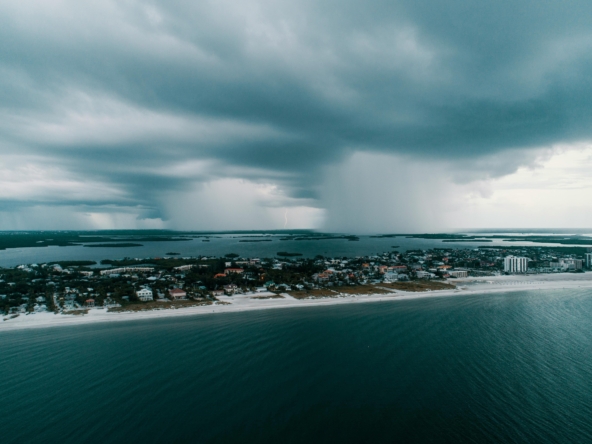The Liberty Library is a publication of the latest, most important news in the Financial and Real Estate markets.
Rising Insurance Costs Start to Hit Home Sales
Cape Coral, Fla., was devastated by Hurricane Ian last year, but real-estate agents still pitch waterfront homes as “Gulf access haven.”
Insurers take a different view however. Home-insurance premiums are soaring in the Southwest Florida city, and there is evidence that the higher costs are starting to affect the real-estate market.
Buyers’ concerns about insurance costs are slowing sales and causing some canceled deals in areas with particularly high flood or wildfire risks. Home-insurance companies are trying to claw back steep underwriting losses by hiking rates, or pulling back from disaster-prone areas such as Cape Coral. The average annual home-insurance premium for Floridians has tripled in five years, from $1,988 in 2019 to $6,000, according to the Insurance Information Institute, an industry group.
The cost of flood insurance—mandatory for some in the Sunshine State—is rising faster still in many vulnerable areas. The federal National Flood Insurance Program, which provides most policies, recently changed its pricing to more closely tie premiums to risk. In Cape Coral, the average annual flood-insurance premium for a waterfront zip code has increased from $1,791 to $4,728 a year, federal data show. Chance Hazeltine, a Sarasota, Fla.-based agent for Goosehead Insurance said flood rates in the Cape Coral area can be three or four times higher under the new system. While the local property market remains buoyant, he added, “at some point, as the cost to own the asset goes up, it’s going to affect its resale value.”
Higher insurance costs haven’t stopped Americans flocking to disaster-prone areas. Lower taxes, cheaper housing and sunnier weather have outweighed any concerns over floods or fires.
In the past two years, a net 60,000 people moved to Lee County, which includes Cape Coral, according to a study by online real-estate brokerage Redfin. Nationally, the counties with the highest risks of wildfires and floods also enjoyed a collective post pandemic net bump in population, the study found. There are signs that buyers are growing more cautious. In a recent survey, almost a third of house builders in Florida said buyers’ concerns about home insurance were “somewhat slowing sales.” The proportion in Southern California was very similar, at 29%, the survey by John Burns Research & Consulting found. That is much higher than the national figure of 9% of builders reporting sales affected by insurance concerns “Insurance is absolutely having an impact on house purchases—and that’s going to continue to happen,” said Alexandra Glickman, the Los Angeles-based global head of real estate and hospitality at insurance broker Arthur J. Gallagher.
The risks of disasters haven’t been fully priced into property markets, partly because of flaws in the way federal flood insurance was priced, researchers say. If flood risks were taken into account, U.S. residential properties would be worth at least $121 billion less, according to a study earlier this year by nonprofit the First Street Foundation, the Federal Reserve and others. In Florida alone, properties in flood zones are overvalued by more than $50 billion, the study found.
Fewer than five million people have federal flood insurance, according to government data. Even in the highest-risk areas, on average 30% of homes have policies, a study by the Wharton School at the University of Pennsylvania found. Flood insurance is required for homes in high-risk flood zones with government-backed mortgages.




